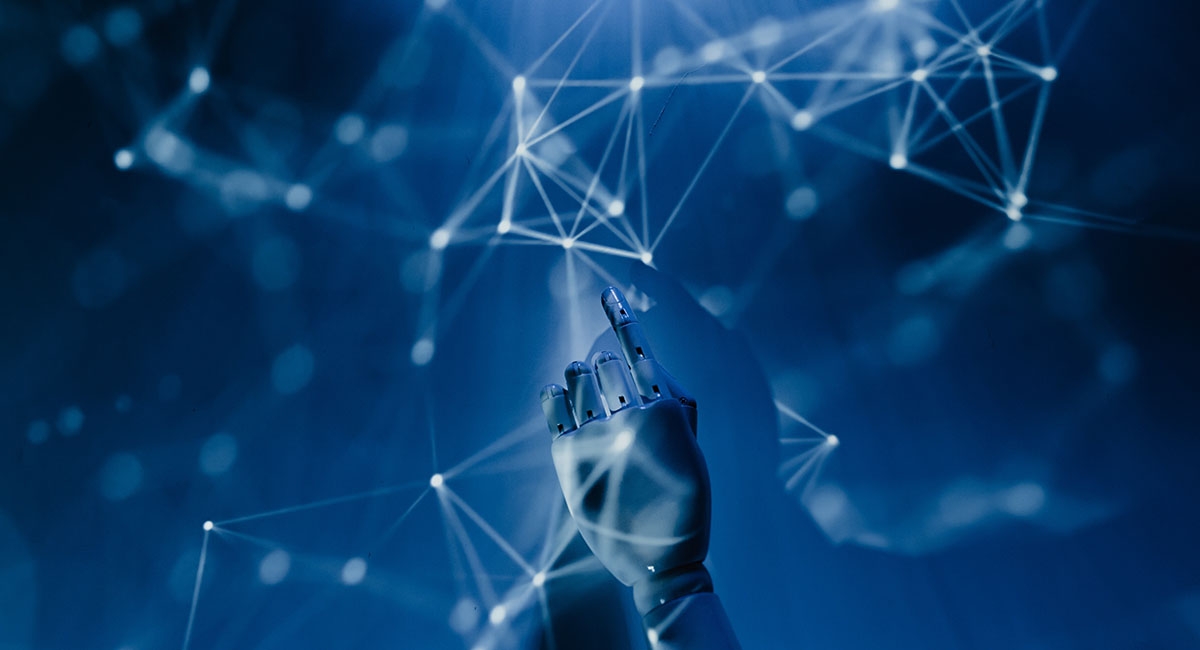
Artificial intelligence in industrial enterprises: reality vs hype
Hello, everyone! My name is Kulikov Yuri, and I work in artificial intelligence, computer vision, and industrial video analytics. Today I want to talk to you about how artificial intelligence is used in industrial enterprises.
There has been a lot of talk around AI lately, and the media is filled with articles with loud headlines like “AI will replace all workers” or “AI will make manufacturing completely unmanned.” Let’s find out what is true and what is a myth.
Myth #1: AI will replace humans in manufacturing
This myth is the most common, but also the most unrealistic. AI is a tool that can automate some tasks, but it cannot replace humans completely.
Here are a few reasons why AI won’t be able to replace humans in manufacturing:
• Humans can solve complex tasks that AI can’t yet. For example, humans can solve non-standard situations that arise during the manufacturing process.
• Humans can work in conditions that are unacceptable for AI. For example, people can work in dangerous conditions.
• Humans are needed to monitor the AI’s performance. AI can make mistakes, so humans must be ready to intervene in time to correct the situation.
Of course, AI can reduce the number of production jobs, but it will not happen immediately or completely. AI will replace humans on those tasks that can be automated, and humans will switch to new tasks that AI can’t do yet.
Myth #2: AI will make manufacturing completely unmanned
This myth doesn’t match reality either. Manufacturing is a complex process that requires the interaction of people, equipment, and software. AI can automate some aspects of manufacturing, but it won’t be able to replace all of that interaction.
Here are a few reasons why manufacturing won’t be able to become completely unmanned:
• Manufacturing requires constant monitoring and human intervention. AI cannot monitor the entire manufacturing process around the clock and without error.
• Manufacturing requires creativity and out-of-the-box thinking. AI cannot yet replace humans in these areas.•
• Manufacturing is a social environment. People need to communicate and interact with each other.
Of course, manufacturing may become more automated, but it will never become completely unmanned.
Practical benefits of AI in industrial enterprises
Although AI will not be able to completely replace humans in manufacturing, it can bring significant benefits to enterprises.
Here are some examples of the practical benefits of AI in industrial enterprises:
• Increased productivity. AI can automate certain tasks, leading to increased productivity.
• Cost reduction. AI can help enterprises reduce production costs, for example, by optimizing the use of resources.
• Improving product quality. AI can help businesses improve product quality, for example, by detecting defects early in production.
• Improving safety. AI can help businesses improve workplace safety, for example by monitoring workplaces and warning of potential hazards.
AI is already being used in industrial plants around the world. Here are some examples:
• Siemens uses AI to diagnose equipment and prevent breakdowns. This saves the company millions of dollars in repairs and improves equipment reliability.
• General Electric uses AI to optimize production. This allows the company to reduce manufacturing costs and increase productivity.
• Ford is using AI to develop new cars. AI helps the company create cars that are safer, more fuel efficient, and more comfortable for the driver.
Artificial intelligence is a powerful tool that can bring significant benefits to businesses. However, it is important to realize that AI cannot replace humans completely. AI must be used in conjunction with humans to maximize the benefits.
With Best Regards,
Yuri Kulikov
International Business Development Director (ME, CA, Tr)
SATEL AI Vision
+90 531 899 39 75








